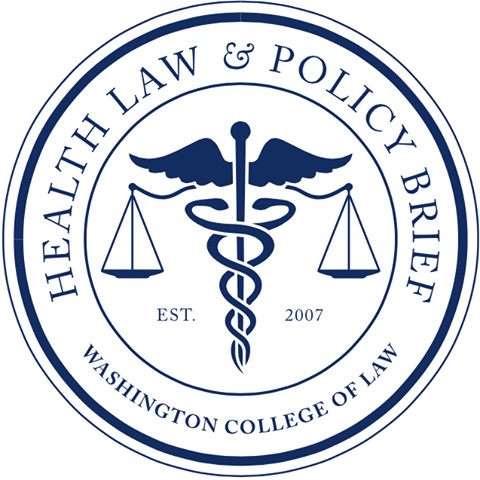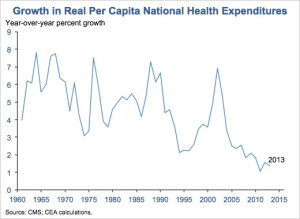On February 3, the New York State Attorney General’s Office accused four major retailers of selling fraudulent and potentially dangerous herbal supplements, demanding that they cease the sale of these products. Law enforcement officials investigated herbal supplements sold at GNC, Target, Walgreens and Wal-Mart. The investigation found that four out of five products tested did not contain any of the herbs on their labels. The pills only contained cheap fillers like powdered rice, asparagus, and houseplants. In some cases, the supplements consisted of common allergens, such as wheat-products.
Health experts welcomed the investigation, having long complained about the quality and safety of dietary supplements. The Dietary Supplement Health and Education Act (DSHEA) of 1994 exempts substances from the requirements to demonstrate safety and effectiveness and from the Food and Drug Administration’s (FDA) pre-market approval. In contrast, the European Union regulates dietary supplements and requires a demonstration of safety before they can be sold. On the other hand, the FDA strictly regulates pharmaceuticals. Under 21 U.S.C. § 355, a provision of the Federal Food, Drug, and Cosmetic Act, the FDA requires that new drugs demonstrate safety and effectiveness through scientific evidence before receiving market approval.
In the past, the FDA has issued warning letters to manufacturers of dangerous supplements requiring them to either change the recipe of their supplement or remove their product from the market. In the majority of these cases, the FDA has received several reports of adverse events from consumers. For example, in November 2014, the FDA issued a warning letter to V26 Slimming Coffee because it contained sibutramine, a controlled substance that was removed from the market in October 2010 for safety reasons. Consumers may look at the FDA’s Consumer Updates web site for updates on recalls and alerts. However, this move by the New York State Attorney General’s Office is the first time a law enforcement agency has threatened the biggest retail and drugstore chains with legal action for selling “deliberately misleading herbal products.”
Some of the investigation’s findings at these retailers included:
- Walgreens: store brand of ginseng pills contained only powdered garlic and rice;
- Walmart: ginkgo biloba contained no ginkgo biloba, but radish, wheat, rice, and mustard;
- Target: six herbal products tested negative for the herbs on their labels but did contain powdered rice, beans, peas and wild carrots; and,
- GNC: pills contained unlisted ingredients used as fillers like powdered peanuts and soybeans.
Regulating supplements has been hotly debated in Congress. Senator Orrin Hatch (R-UT), the sponsor of DSHEA, has successfully opposed potential amendments that would require supplement makers to register their products with the FDA. In 2013, Senators Richard Blumenthal (D-CT) and Richard Durbin (D-IL) introduced the Dietary Supplement Labeling Act, which would require dietary supplement manufacturers to register their products with the FDA and to disclose known risks of any ingredients on their labels. However, this bill remains in the Committee on Health, Education, Labor, and Pensions (HELP).
Industry representatives dispute the testing methods used in the investigation, arguing that only a handful of fringe companies have caused these problems. However, New York’s investigations targeted store generic brands at national drugstores and retail giants, suggesting that these problems are pervasive and extensive. Dr. Pieter Cohen, an assistant professor at Harvard Medical School and an expert on supplement safety, stated, “If this data is accurate, then it is an unbelievably devastating indictment of the industry.”
Currently, tests are being conducted to confirm the results of New York’s investigation. Until the results are released, the debate continues. Consumers should be wary that the supplements they are taking may not contain the ingredient listed on their labels. James Hamblin, a physician and senior editor at The Atlantic, notes that even if these supplements do not contain their listed ingredients, there may be a legitimate placebo effect to taking these supplements. However, it is better for the public to know what’s in their supplements, rather than letting this “apparent institutionalized fraud” continue. Consumers have a right to know what is in their products, what they are putting in their bodies, and what they are spending their money on. The Dietary Supplement Labeling Act is a commendable step in the right direction, and the Senate HELP Committee should move it forward.

